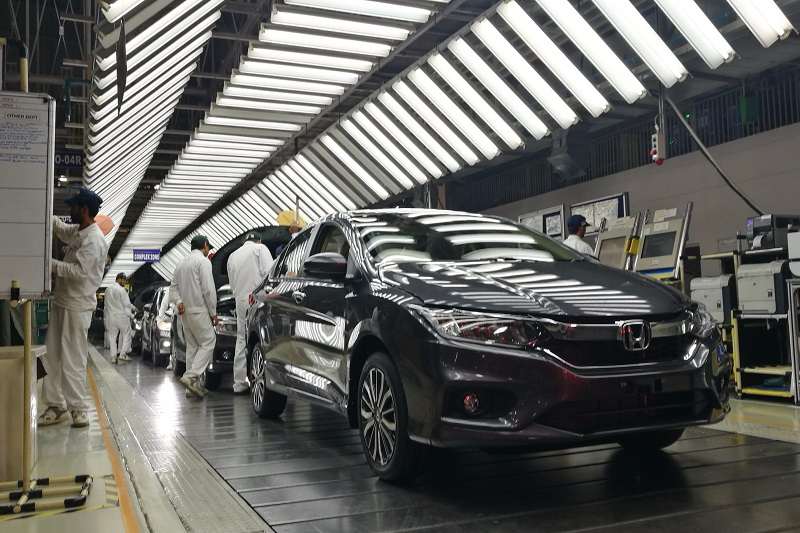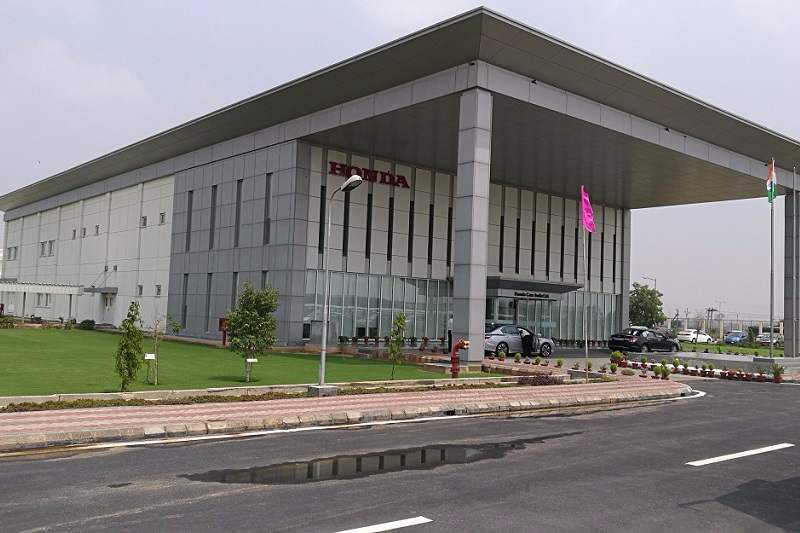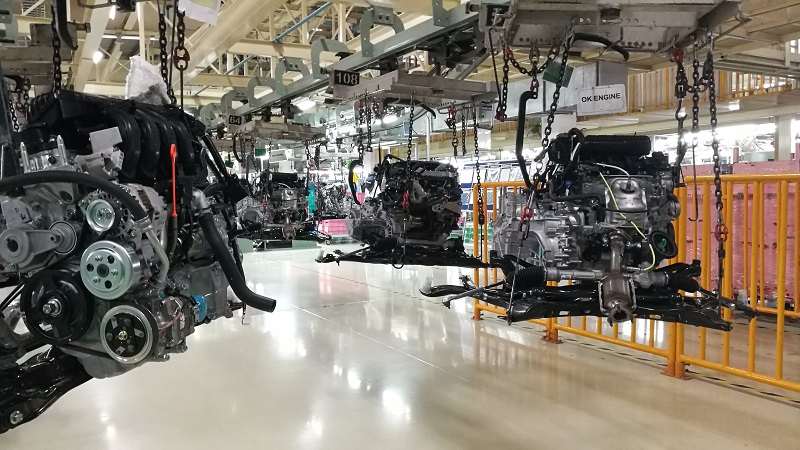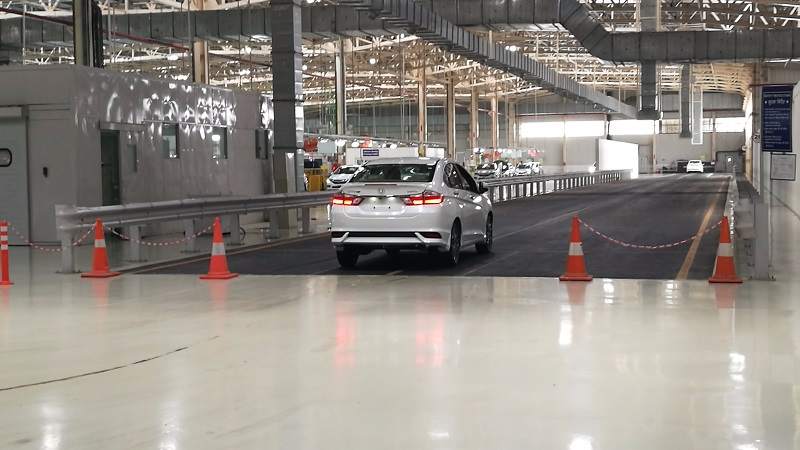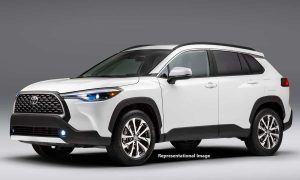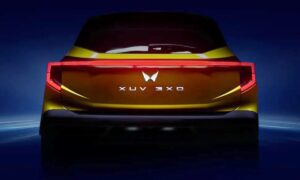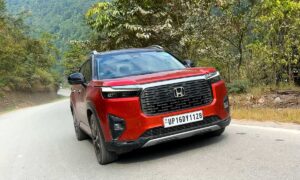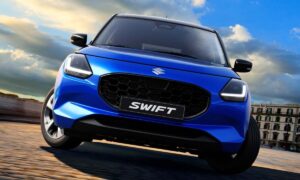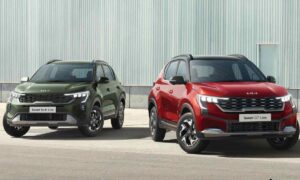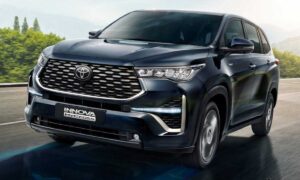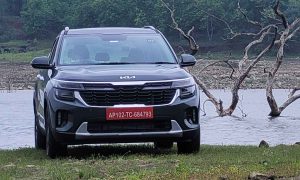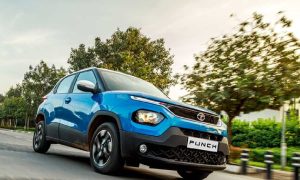I still remember the day I had first visited Honda Car India Ltd’s Tapukara, Rajasthan plant, and to be honest it was a moment of pride for me as a local boy from Rajasthan. It was back in 2014 when the company had called the media at the inauguration of its car assembly operations, and I was lucky enough to witness that. The facility was operational since the year 2008, but the car production began in the second phase in 2014, and that made it the state of Rajasthan’s first-ever car manufacturing facility.
Now after almost 3 years, I visited this state-of-the-art facility yet again. And from the time I had first visited, it has only become more modern and equipped. Besides manufacturing some of the best-selling Honda cars in India, it’s also used for making components and engines for 15 global markets including UK, US and some parts of the Africa.
HCIL’s manufacturing facility at Tapukara is the only plant in India with a forging line. While Tapukara plant is the largest producer for manual transmission & biggest exporter for Honda’s manual gearbox, the facility is also the largest manufacturer for Honda’s Earth Dreams diesel engines. The 1.2-litre petrol, 1.5-litre petrol and 1.5-litre diesel units are produced at the Engine Assembly line.
As mentioned earlier, the Tapukara unit currently manufactures its best-selling City sedan along with the Jazz hatchback, BR-V SUV and recently launched WR-V crossover. An average car roll-out Tact Time, as claimed by Honda is about 108 seconds, and it takes around 20 hours to make one car. It is to be noted that every model is made in batches that comprises of 60 units and around 490 cars are built in an entire day.
Now that you know how equipped this facility is, let us explain step-by-step how your favourite cars are manufactured –
Forging
The Forging line, a crucial part of the Tapukara unit, is highly equipped with 35 machines and 9 robots, that are used for producing crankshaft or conrod. With a single crankshaft coming out every 9 seconds, it is capable of building roughly 4,100 units daily. The machines at the Forging line cut the iron billet in specified size, heat it to 1250 degrees C and mould it in a 4500 tonne press, that is later cooled to 100 degrees C.
Powertrain – Engine Components
The powertrain components for both manual and CVT units are produced at the Aluminium and Casting Shop. With 184 machines and a higher level of human intervention, this shop has two production lines with total production capacity of 2000 units daily. One must note that the head and block production line has a capacity to churn out 600 units daily.
Press Shop
The body panels like fenders and roof are moulded at the Press Shop. To give shape to the sheet, mammoth-sized moulds, weighing up to 20 tonnes are used at a high pressure from 1,000 tonnes to 1,500 tonnes. In a single day, around 1,400 sets of body panels are rolled-out.
Weld Shop
The car starts taking shape at the Weld Shop that is further divided into A,B, C and D lines. At line A, vehicle’s underbody is created, while the skeleton of the car is completed at line B. As cars move to line C, all the body panels are fitted to the skeleton and final touches, like door fitting, hood and boot are carried out at line D through ‘hemming’.
With 55% automation, around 97 robots work with human work force at the Weld Shop. It additionally gets overhead conveyers for transferring cars and has an in-house training facility for new employees.
Paint Shop, Plastic Moulding, Engine & Frame Assembly
After the cars takes shape, these are then sent for paint job to the paint shop and later to the Assembly Frame where the interior bits are fitted. For this, the doors are removed for easy ingress. The cars are then raised and the engine, suspension and brakes are fitted into the cars. After this, the wiring, levers and pedals are attached. Before the doors are fixed permanently, dashboard, seats and roof lining is completed.
The cars are then finally sent to the Assembly Frame for quality control. To ensure the quality, the cars pass through high intensity lights, where these are checked for any possible defect. From here-on, the cars are sent to the stock yard before they are transported to the showrooms.

